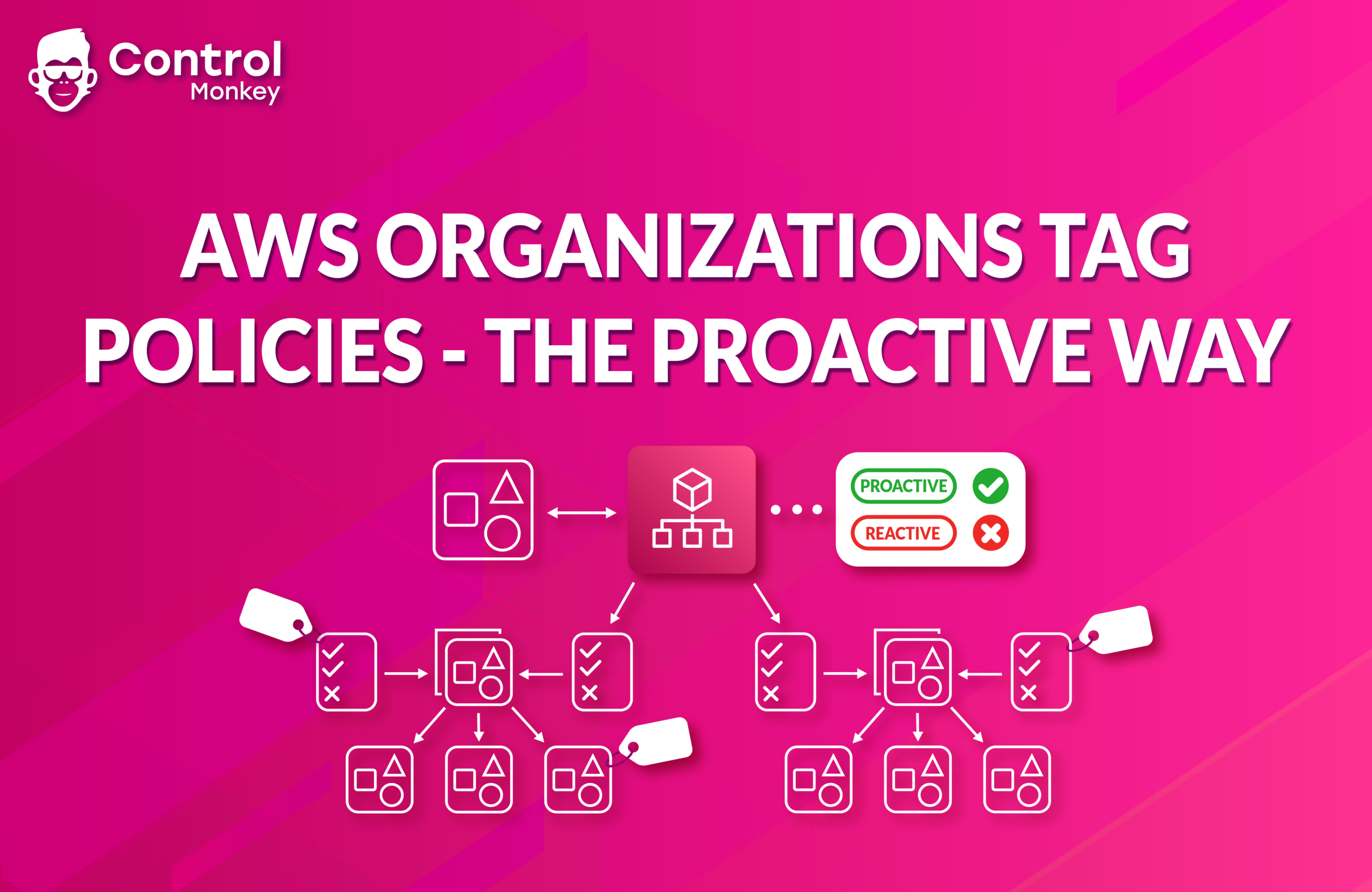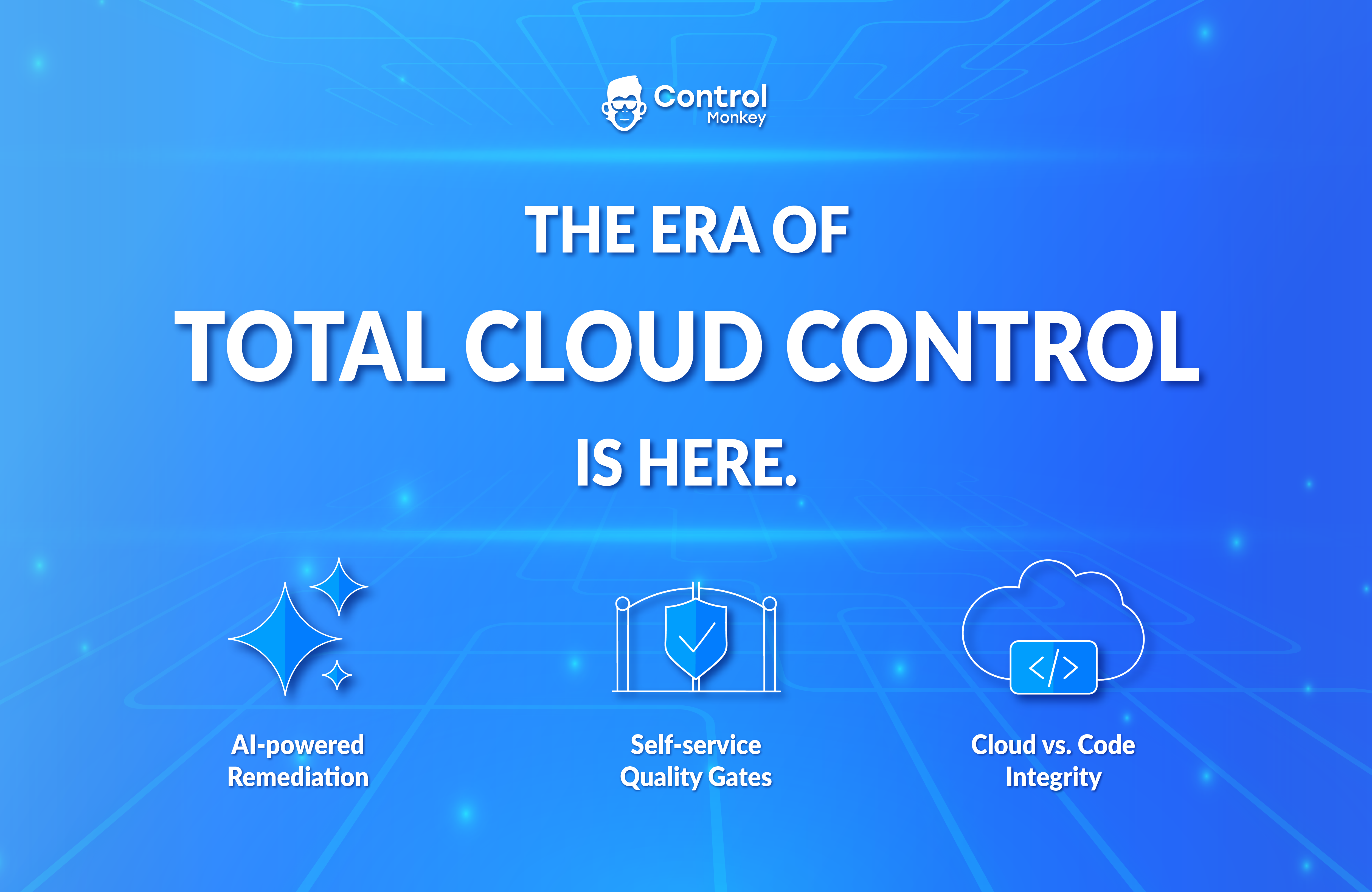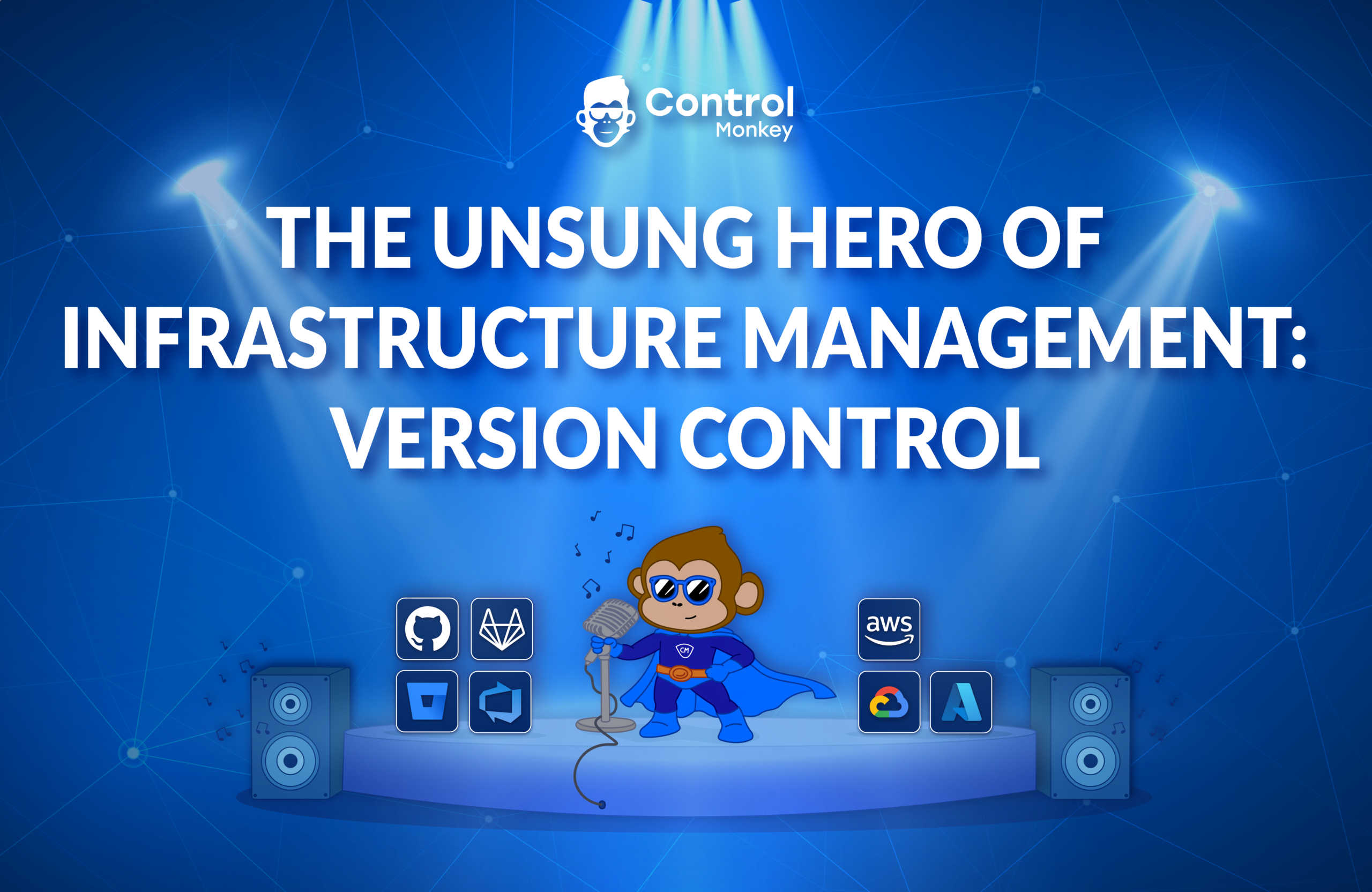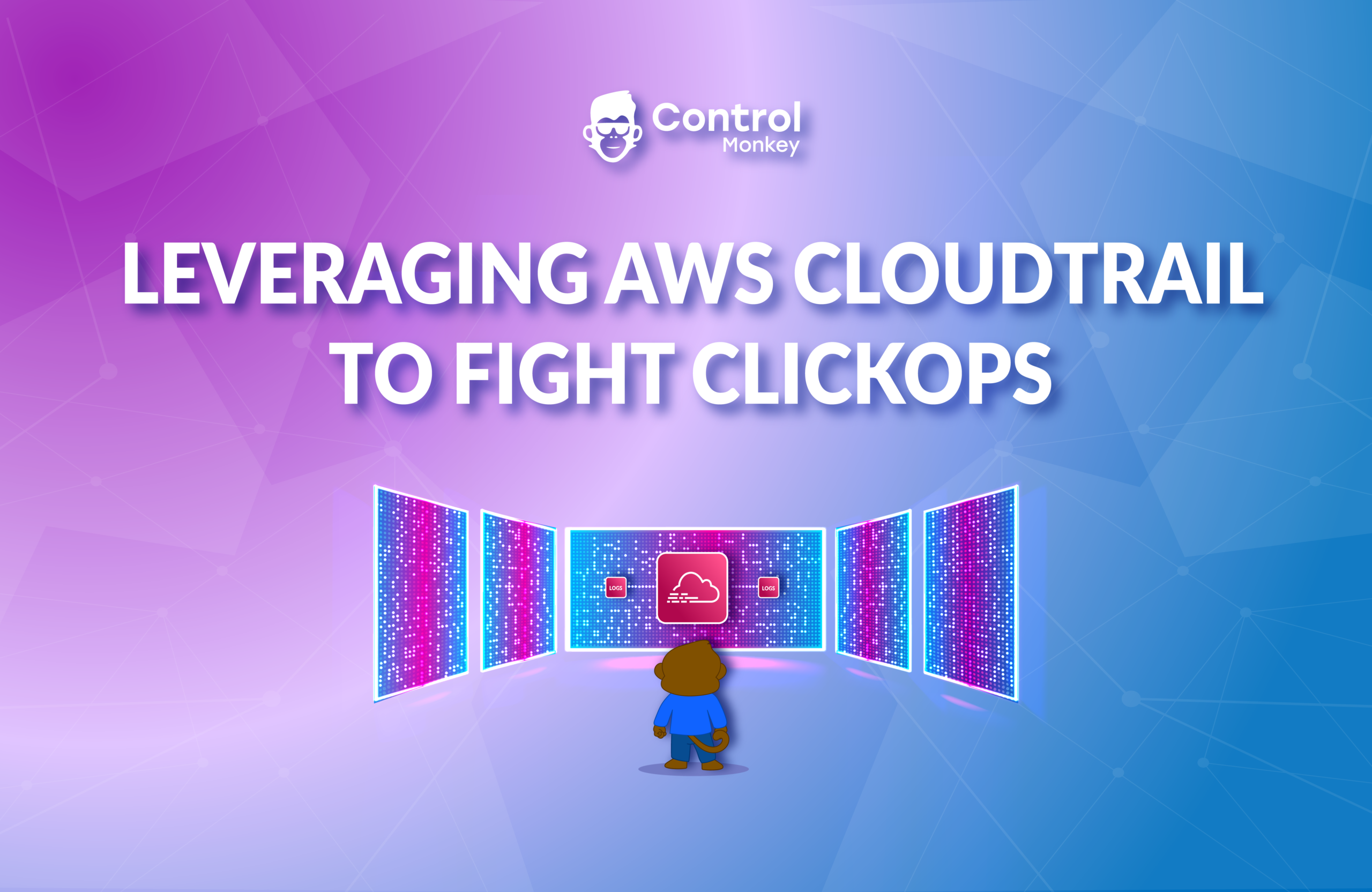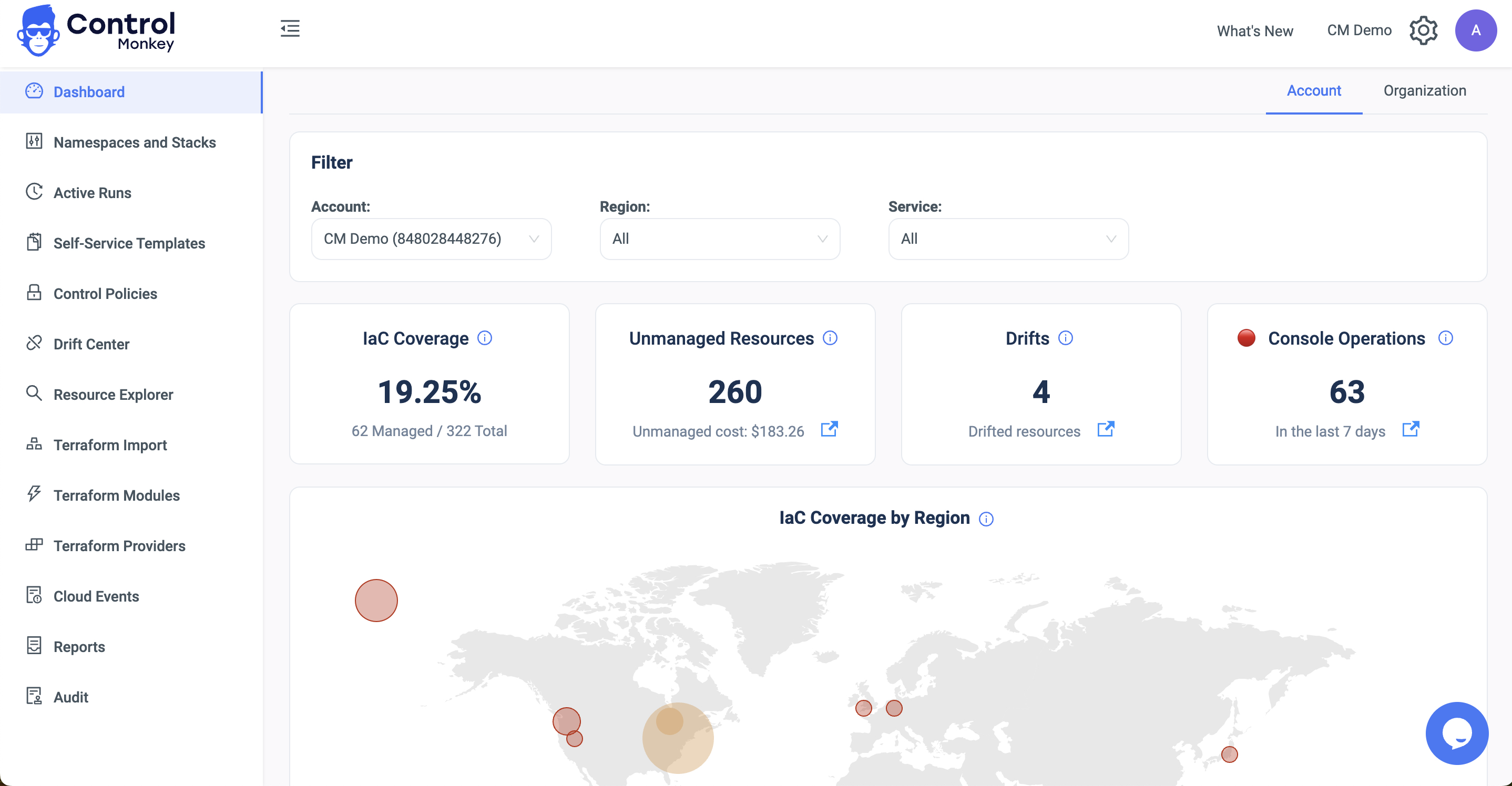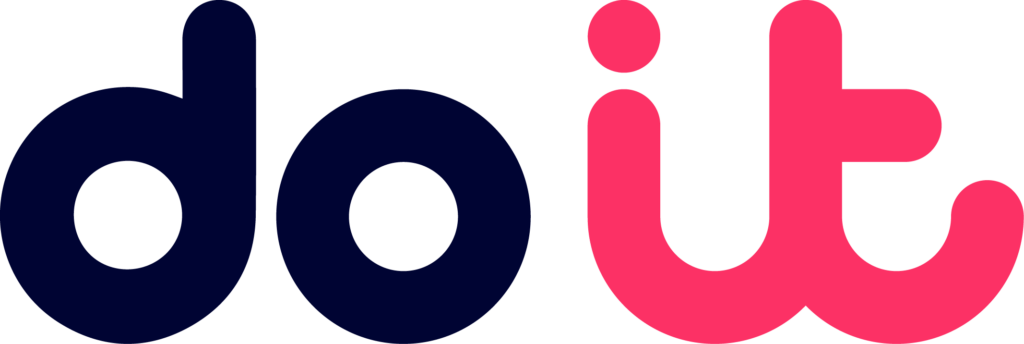Introduction
In the dynamic landscape of cloud computing, managing resources efficiently while maintaining compliance has become a priority for organizations.
AWS Organizations Tag Policies offer a robust solution to streamline resource tagging across an organization’s AWS accounts. In this blog, we’ll dive into the features and capabilities of AWS Organizations Tag Policies and discuss the advantages of taking a proactive approach over a reactive one when enforcing tagging policies.
Understanding AWS Organizations Tag Policies
AWS Organizations Tag Policies empower administrators to enforce consistent tagging practices across their entire AWS infrastructure. Tags, which are metadata assigned to AWS resources, aid in resource categorization, cost allocation, and access control.
With Tag Policies, organizations can ensure that all resources are tagged correctly and consistently, regardless of whether they are created manually or programmatically. These policies define the required tags, their allowed values, and any other criteria that resources must meet to be compliant.
Features and Capabilities
- Centralized Management: AWS Organizations Tag Policies provide a centralized way to manage tagging requirements across multiple AWS accounts, organizational units and regions.
- Customizable Policies: Policies can be tailored to suit an organization’s specific needs, encompassing mandatory tags, permissible values, and even exemptions for certain resources.
- Automated Enforcement: The policies are automatically enforced upon resource creation, discouraging users from launching resources without the required tags.
- Consistency and Standardization: Tag Policies ensure consistent tagging practices, leading to improved resource visibility, effective cost allocation, and better governance.
Reactive vs Proactive
AWS Organizations Tag Policies operate by enforcing compliance through the AWS API. This means that they come into effect when you try to create or modify a resource. However, this approach has some downsides.
This approach can result in spending extra time correcting errors, experiencing delays in deploying resources, and having to handle issues manually. The problem with enforcing policies solely at the API level is that by the time the system intervenes to enforce compliance, the mistakes have already been made.
This can lead to operational inefficiencies, additional work to rectify issues, and potential slowdowns in the development process.

Using tools like Terraform, which lets you define your infrastructure as code, can be really helpful. It means you can handle your cloud resources in a way similar to how you handle your software. You get the chance to look at your cloud resources before they are actually created, just like you review your software code to find and fix bugs.
By embracing a proactive approach and integrating tagging into your Terraform CI/CD pipeline, you can unlock a range of benefits that mitigate these challenges effectively.
It can be referred to as ‘shifting left’ your cloud policies.
Let’s look at the advantages of shifting left your tagging policies with Terraform:
- Instant Feedback and Education: Embedding tagging policies into your Terraform CI/CD pipeline provides immediate feedback to your team during the development phase. This enables engineers to identify and address any potential noncompliance issues before attempting to apply the code to AWS, fostering a culture of awareness and adherence to tagging best practices.
You’re not only ensuring compliance but also providing ongoing education to your team. This approach eliminates the reliance on specific individuals’ knowledge and expertise during the deployment phase. - Avoiding Rollbacks: In a traditional setup, AWS Organizations Tag Policies could potentially lead to the blocking of resource creation due to noncompliance. By incorporating tagging policies into your Terraform pipeline, you proactively prevent these failures, saving valuable time and resources that would have otherwise been spent on rollbacks and reconfiguration.
- Mitigating Partial Success Scenarios: With Terraform, there’s a possibility of encountering partial success situations, where some resources are applied successfully while others fail.
In such situations, identifying which resources have been successfully created and which have failed can be a complex task. Manually pinpointing these failed resources and then fixing the code to rectify the issues can be time-consuming and error-prone.
Shifting left your tagging policies allows you to ensure all resources comply simultaneously, avoiding the complexities of dealing with a mix of successful and failed resources during the deployment process. - Efficient Code Reviews: Reviewing Terraform code for tagging compliance can be time-consuming, especially as your infrastructure grows. By automating this process through proactive tagging policies, you reduce the burden on human reviewers, save your team’s time, and eliminate the need for manually checking off lists of checkboxes.
ControlMonkey: Proactively Ensuring Tagging Policy Compliance
ControlMonkey’s Terraform CI/CD pipeline introduces a robust preventive solution for tagging policy compliance.
With the power of ControlMonkey’s Control Policies, you can easily define tagging policies that will be validated against any proposed change to your cloud infrastructure.
This provides a range of compelling benefits that enhance your cloud operations:
- Early Detection: ControlMonkey integrates with your version control system, actively monitoring every pull request (PR) or code change.
As engineers work on PRs, ControlMonkey provides instant feedback at the PR level. This early detection mechanism empowers engineers to rectify tagging policy violations well before the code reaches the deployment phase.
Additionally, ControlMonkey can take a proactive stance by blocking PRs that violate policies, preventing non-compliant resources from reaching production. - Efficiency: Automated checks integrated into your Terraform pipeline reduce the need for manual intervention. ControlMonkey ensures that resources are correctly tagged right from the start, eliminating the need for retrospective corrections.
- Streamlined Operations: ControlMonkey’s Terraform CI/CD pipeline fosters collaboration between development and operations teams. With tagging policy enforcement embedded into the workflow, teams work together to maintain consistent compliance without disrupting their established processes.
Conclusion
AWS Organizations Tag Policies present a powerful way to enforce tagging consistency across multiple AWS environments.
While their reactive approach might fit some organizations, by adopting a proactive approach with tools like ControlMonkey, organizations can enhance their DevOps team productivity, save a lot of man hours, and avoid production incidents.
By shifting the focus from reactive correction to proactive prevention, ControlMonkey empowers teams to establish and maintain compliant tagging practices, ensuring a smoother cloud experience and enabling DevOps teams to spend their time on more strategic tasks.


